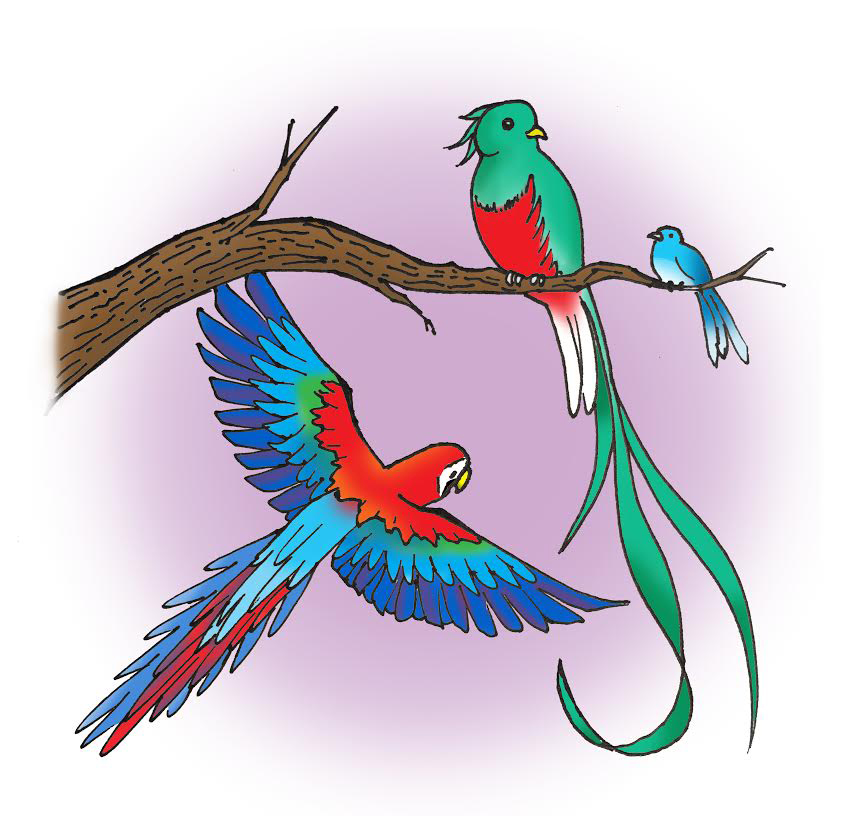
The flutter of bird wings may seem like a distant, inconsequential background noise, but a recent study from the Yale Department of Ecology and Evolutionary Biology and the Peabody Museum of Natural History suggests these sounds play a crucial role in birds’ efforts to communicate. Birds use wing fluttering to communicate signals such as those of courtship, the study indicated.
The researchers investigated aeroelastic flutter, one method by which feathers produce sound. By analyzing this mechanism, researchers were able to compare and examine tonal, nonvocal sounds that are present in both ordinary bird flight and communication among birds.
“The bird sounds that we study are like the sounds of people when they clap their hands or stomp their feet when they walk,” said Christopher Clark, biology professor at UC Riverside and study author. “Some of these sounds are functional, like when we clap our hands to get someone’s attention, but other sounds are a byproduct of motion, like a person’s footsteps.”
For some birds, feather fluttering serves to attract mates, Clark said, adding that males use the sounds to demonstrate their agility and call for female attention. Some birds’ sounds are clearly intentional, said ornithology professor
Richard Prum, but others could simply be a result of feathers’ structures.
“The [bird] songs are never static,” Prum explained. “It shows that beauty in the animals is like high fashion. It’s never static. They can sing and use vocal communication.”
In order to replicate flutter sounds for the study, researchers tested detached wing and tail feathers in a wind tunnel. The majority of feathers tested could produce tonal sounds in the wind tunnel, suggesting that the capacity to flutter is intrinsic to flight feathers even when they are not attached to birds.
According to Glenn Weston-Murphy, an engineering design advisor at Yale who was involved in the wind tunnel experiment, the goal of the study was to compare recordings of bird flight in wild areas of South and Central America with their recorded simulations of bird flutter to determine if the frequencies and vibrations matched up. Weston-Murphy said most sounds were birds performing high-speed maneuvering activities, such as quick diving and sharply pulling up.
Prum and Clark found that of the feathers from 35 different categories of birds, only 15 produced flutter sounds resembling actual flight sounds. But the study also suggested that of the 20 negative results, 10 were false negatives and the other 10 were true negatives.
The 10 true negatives occurred because some species do not make tonal sounds via flutter. Based on the overall results, Prum and Clark were able to conclude that the production of nonvocal communication sounds by aeroelastic flutter of feathers is widespread in different species of birds.
But the challenge of exploring individual feathers’ functions is that researchers can easily miss important ways in which feathers interact with each other.
“Testing a single feather is like taking a single string of a guitar and testing it without the body,” Clark said. “If you tested the whole guitar you might get something different.”
The three primary feathergenerated communication sounds are based on mechanisms of flutter, percussion and wing whirring.







